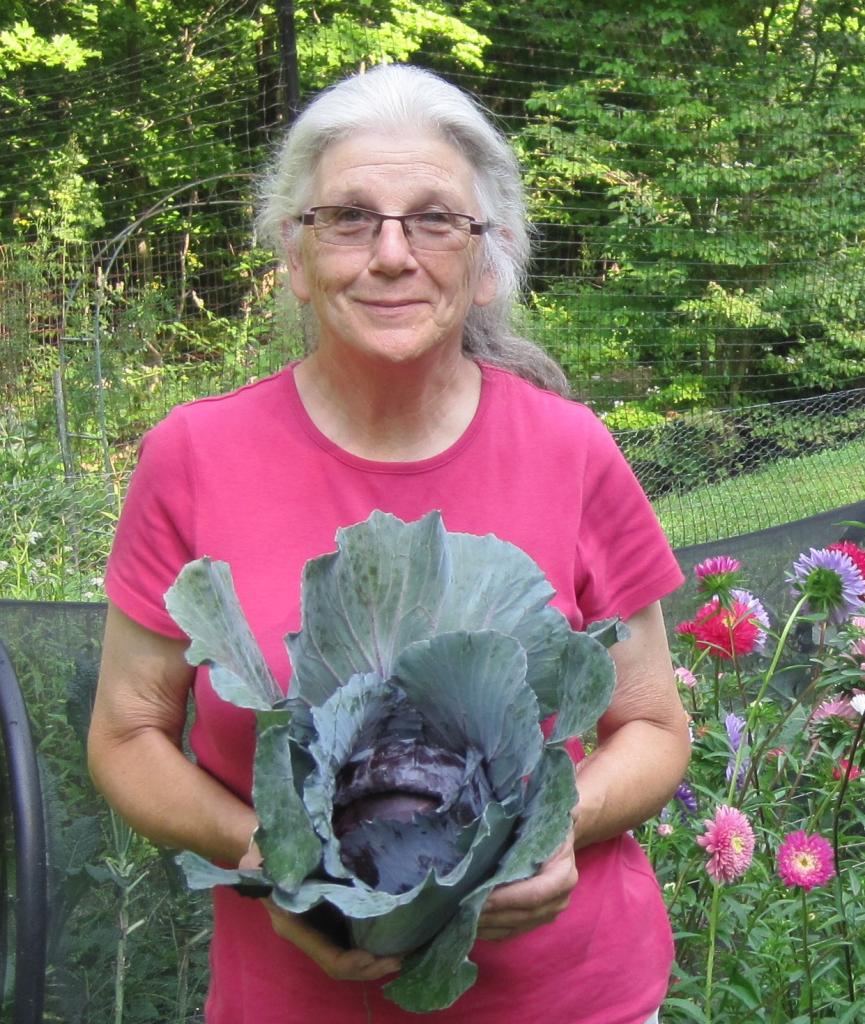In your garden, you may have a microclimate—a small area that has a different climate than your broader growing zone. How do you work with a microclimate?
Often, this niche or pocket climate is slightly warmer than the surrounding landscape. For perennial gardeners, the easiest way to encourage earlier blooms and more frequent blooms is to plant them in the warmest pockets in your landscape.
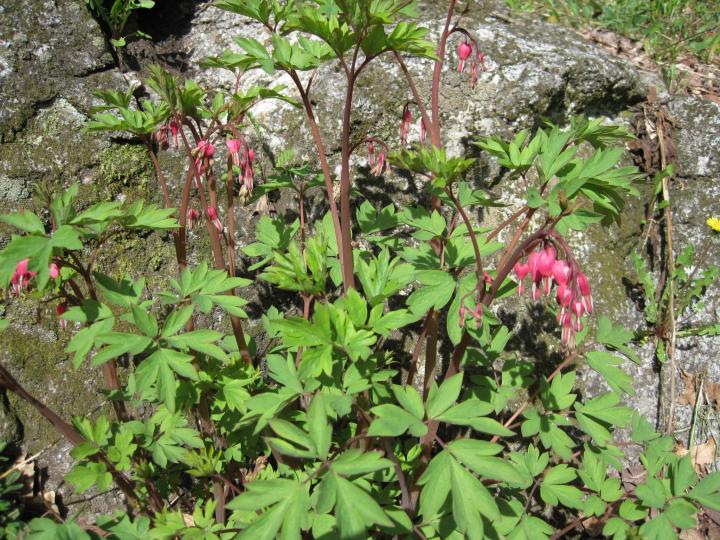
We all drive by houses where the crocuses and tulips seem to be up and blooming weeks ahead of our own, causing us to wonder what we are doing wrong. The answer is often as easy as that they have planted their bulbs in a protected spot on the south side of the house while ours are under that pile of snow left by the snow plow. It is obvious that the same plant in two different locations will bloom at different times if one spot is colder than the other.
Many warm microclimates already exist in our landscape; we just have to put them to good use.
For example, if you planted hellebores or pulmonaria in a spot on the sunny side of a boulder or stone wall, you will notice they get a jump start on spring. The warmth stored by the rocks radiates back at night keeping the area just a touch warmer than the open areas of the garden. Take advantage of the heat and light reflected from the walls of buildings or foundations to create a garden for early blooming perennials and bulbs.
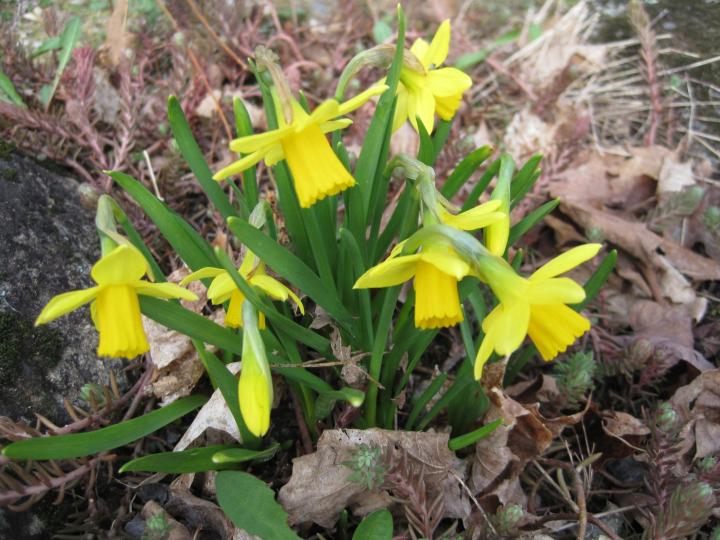
Daffodils or pansies planted in a sunny, sheltered corner that is protected from cold north winds will bloom way ahead of those shivering by the roadside.
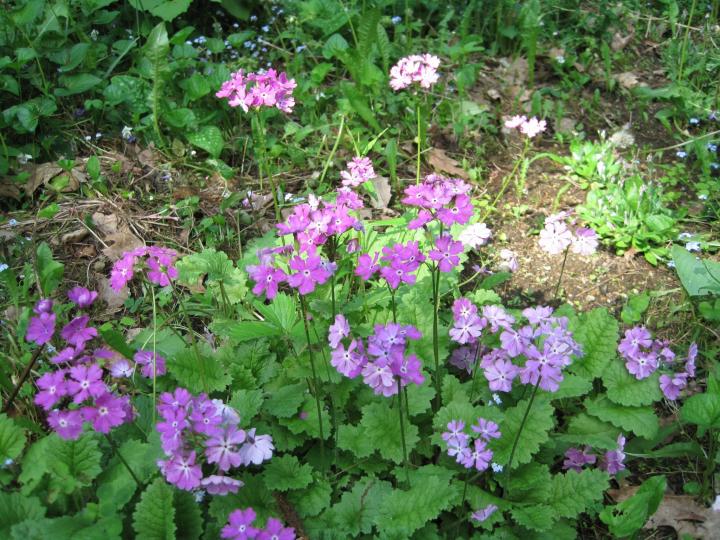
Primroses planted near streams or open water often bloom much earlier than the same plant in a drier location. South-facing slopes not only thaw first and warm up early, they also allow cold air—which flows very much like water does—to drain off. This will keep your early bloomers from losing buds or flowers to heavy frost on an especially cold night.
There are several microclimates that occur in almost everyone's yard.
- South or west facing walls and fences
- Shelter from the wind
- Sloping ground
- Overhanging eaves
- Stone walls or boulders
- Pavement
- Tree canopies
All of these situations offer a small measure of protection or slight heating that can alter growing conditions just enough to trick plants into putting on their show a little bit sooner.
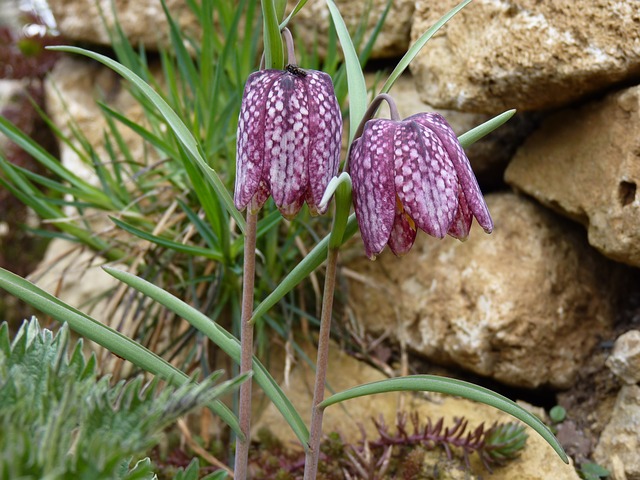
Carefully watch when flowers bloom this spring, and consider your microclimate(s) when planting in future seasons.






